New research on fungi suggests they could be demonstrating some form of intelligence, but not all experts are convinced.


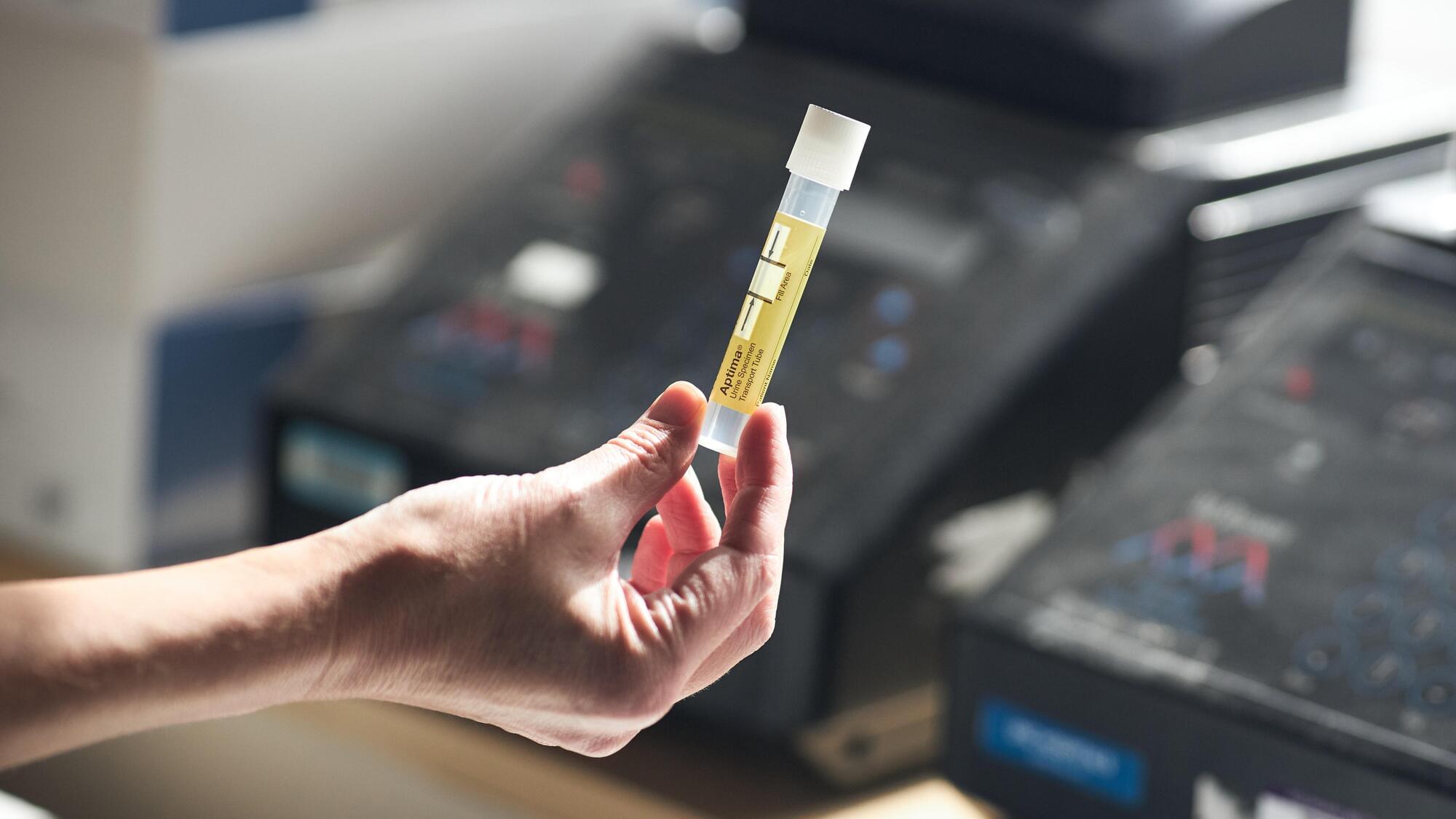

In a bold move that could transform the future of clean energy and quantum computing, a Seattle-based startup, Interlune, is taking the first steps toward mining the Moon for a rare isotope called helium-3. This new venture has the potential to challenge the boundaries of technology, as well as the frameworks for space exploration and international resource management.
A USA company is producing nano-sulfide solid-electrolyte powders for use in batteries.

A common diabetes drug may be the next big thing for migraine relief. In a clinical study, obese patients with chronic migraines who took liraglutide, a GLP-1 receptor agonist, experienced over 50% fewer headache days and significantly improved daily functioning without meaningful weight loss. Researchers believe the drugs ability to lower brain fluid pressure is the key, potentially opening a completely new way to treat migraines. The effects were fast, sustained, and came with only mild side effects.
A diabetes medication that lowers brain fluid pressure has cut monthly migraine days by more than half, according to a new study presented today at the European Academy of Neurology (EAN) Congress 2025.
Researchers at the Headache Center of the University of Naples “Federico II” gave the glucagon-like peptide-1 (GLP-1) receptor agonist liraglutide to 26 adults with obesity and chronic migraine (defined as ≥15 headache days per month). Patients reported an average of 11 fewer headache days per month, while disability scores on the Migraine Disability Assessment Test dropped by 35 points, indicating a clinically meaningful improvement in work, study, and social functioning.
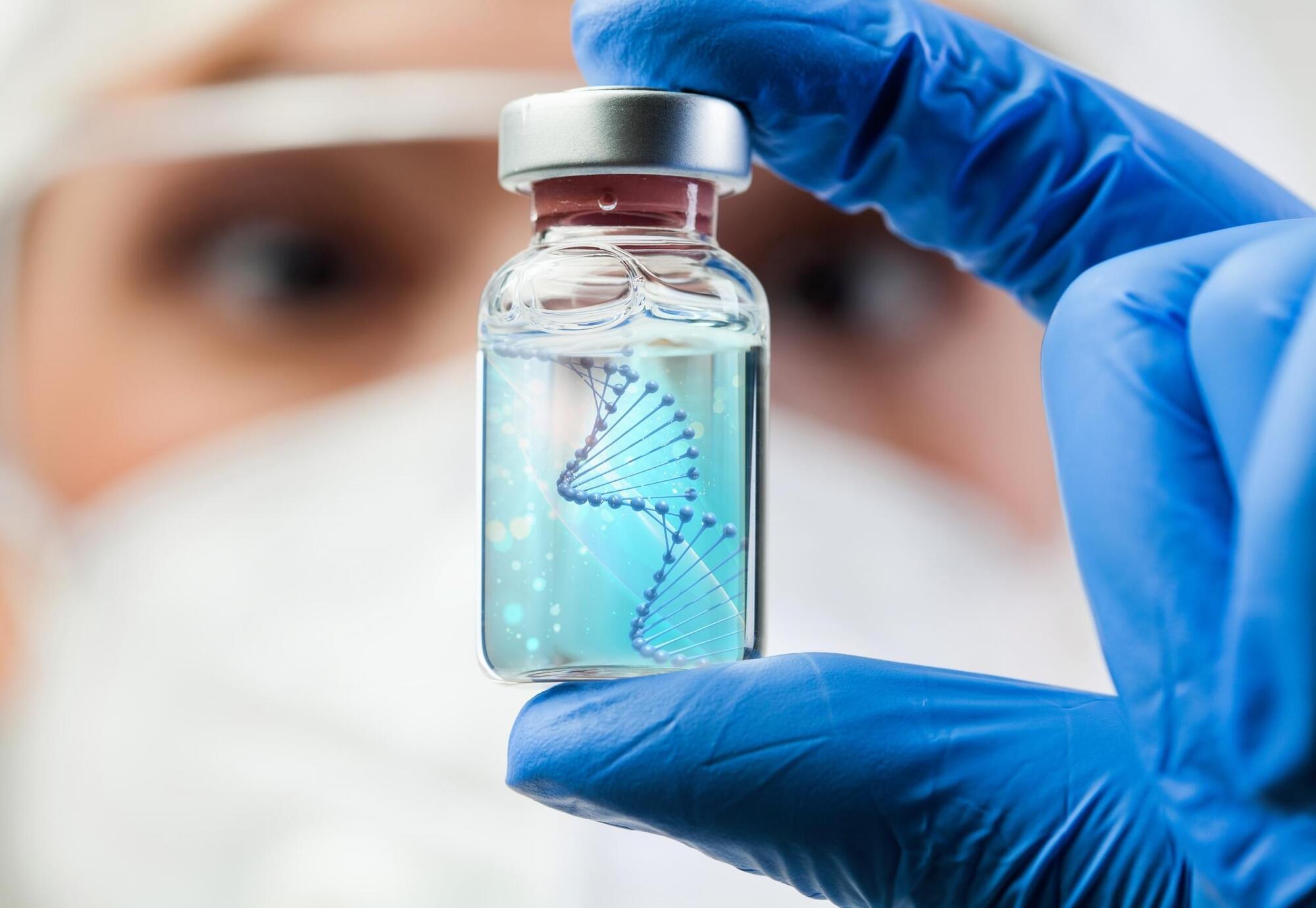
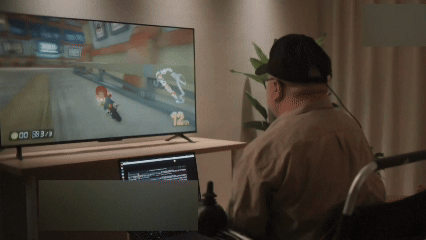
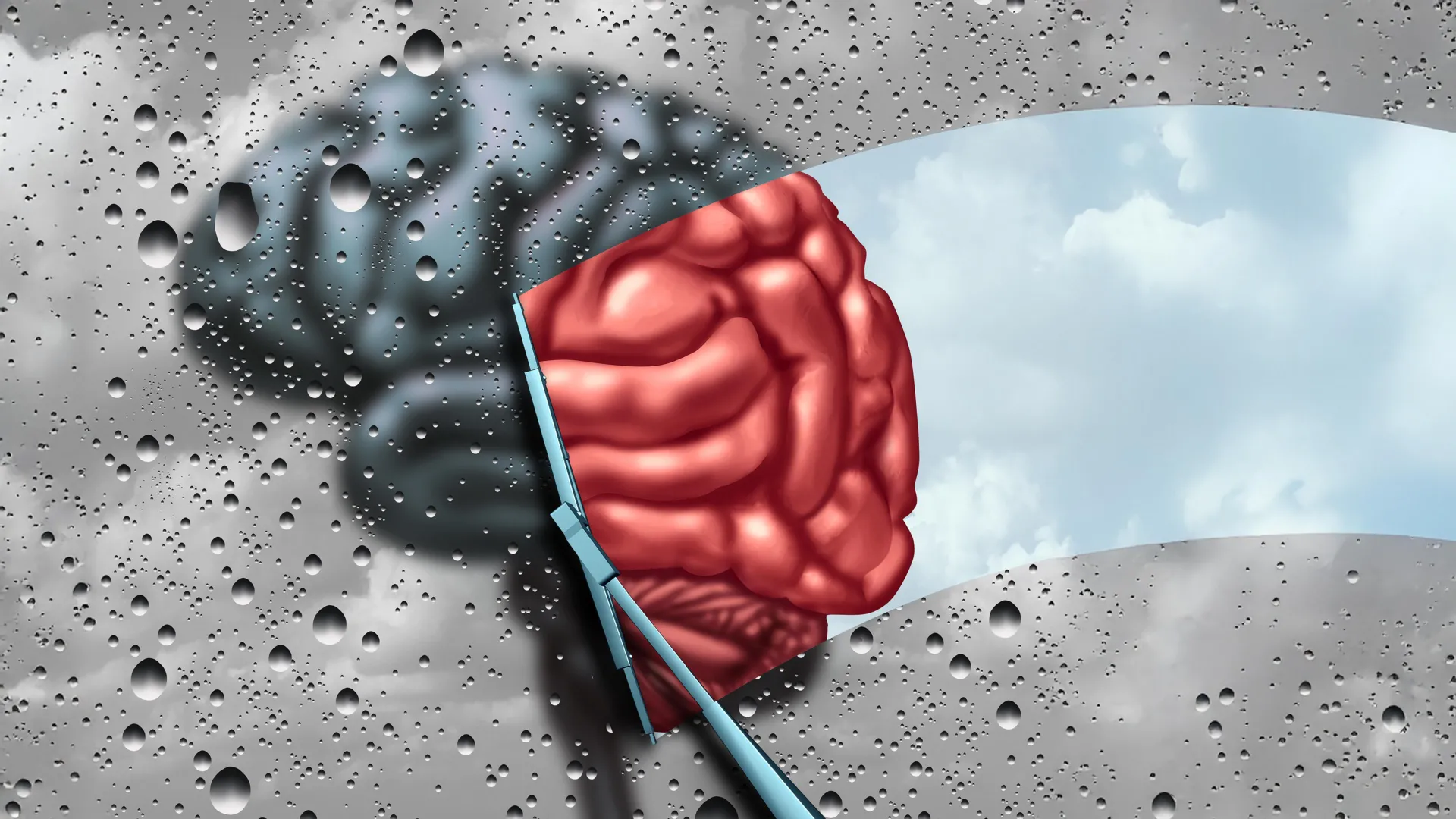
Scientists at the University of Sydney have uncovered a malfunctioning version of the SOD1 protein that clumps inside brain cells and fuels Parkinson’s disease. In mouse models, restoring the protein’s function with a targeted copper supplement dramatically rescued movement, hinting at a future therapy that could slow or halt the disease in people.
To try everything Brilliant has to offer—free—for a full 30 days, visit https://brilliant.org/ArtemKirsanov. You’ll also get 20% off an annual premium subscription.
Socials:
X/Twitter: https://twitter.com/ArtemKRSV
Patreon: https://patreon.com/artemkirsanov.
My name is Artem, I’m a graduate student at NYU Center for Neural Science and researcher at Flatiron Institute. In this video we explore a recent study published in Science, which revealed that different compartments of pyramidal neurons (apical vs basal dendrites) use different plasticity rules for learning.
Link to the paper:
https://www.science.org/doi/10.1126/science.ads4706
Outline:
00:00 Introduction.
01:23 Synaptic transmission.
06:09 Molecular machinery of LTP
08:40 Hebbian plasticity.
11:21 Non-Hebbian plasticity.
12:51 Hypothesis.
14:42 Experimental methods.
17:10 Result: compartmentalized plasticity.
19:30 Interpretation.
22:01 Brilliant.
23:08 Outro.
Music by Artlist.
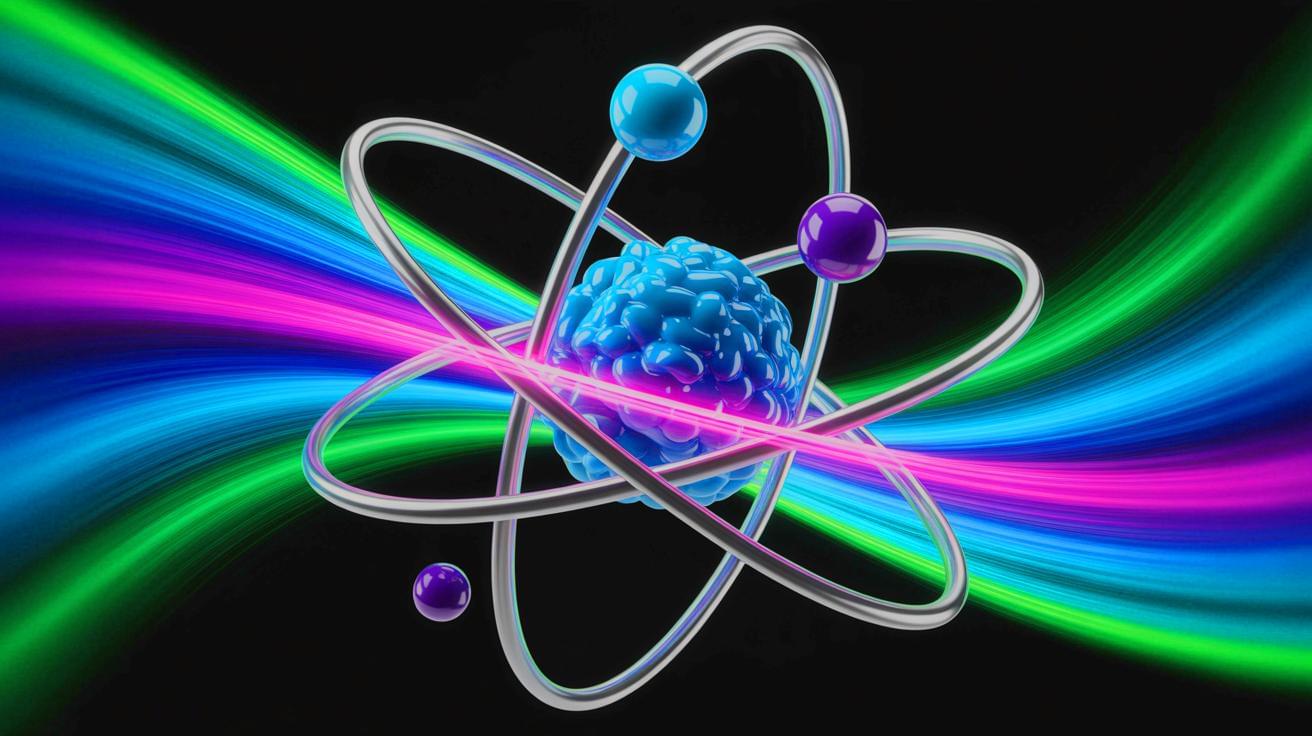
IN A NUTSHELL 🔬 Physicists from Germany, Switzerland, and Australia have identified potential evidence of a mysterious fifth force within atoms. 📏 The discovery challenges the Standard Model of physics, which traditionally categorizes forces into four main types. 🧩 Researchers propose the existence of a hypothetical Yukawa particle that could mediate this new force within